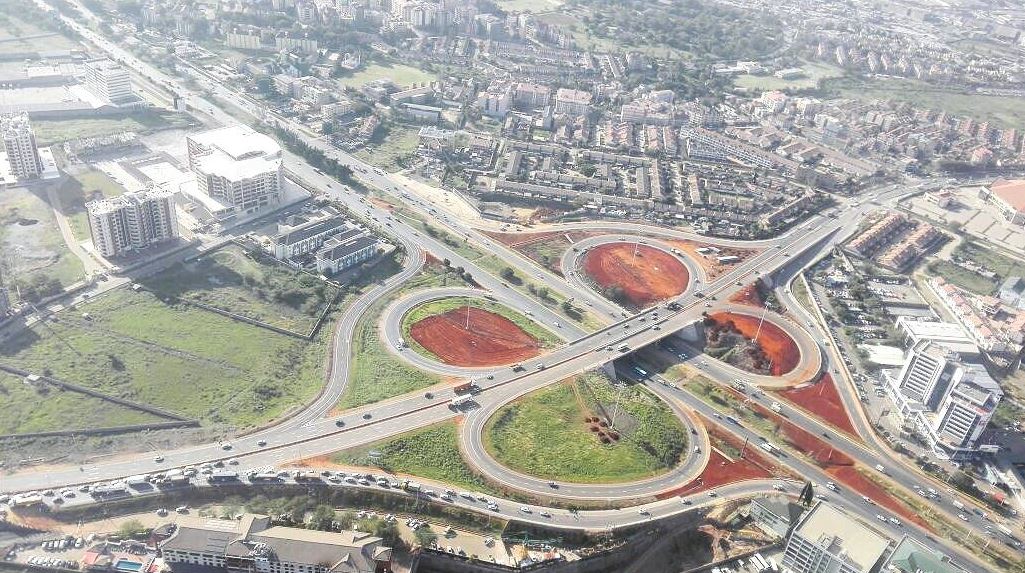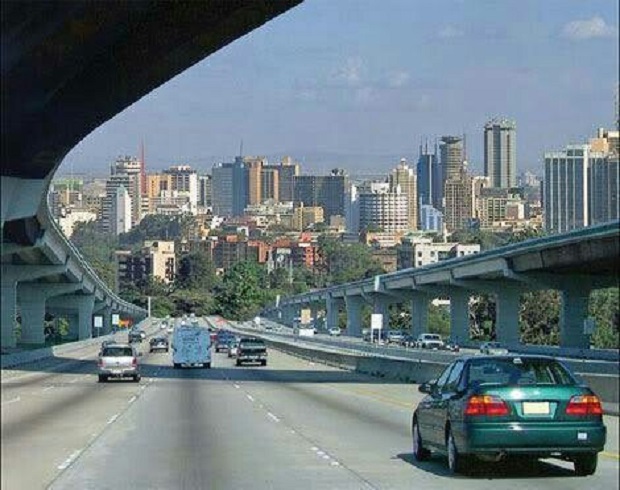The Brooklyn Bridge, with a main span of 1,595.5 feet or 486.3 metres, was the first steel wire suspension bridge ever constructed. The bridge that spans the East River links the New York City boroughs of Brooklyn and Manhattan Island. In 1863, a creative engineer named John Roebling was inspired by an idea for the bridge. However, bridge-building experts throughout the world told him to forget it; it could not be done.

Image from http://www.history.com/
Roebling convinced his son, Washington, who was a young up and coming engineer that the bridge could be built. The two of them developed the concepts of how it could be accomplished and how the obstacles could be overcome. With unharnessed excitement and inspiration, they hired their crew and began to build their dream bridge.
The project was only a few months under construction when a tragic accident on the site took the life of John Roebling and severely injured his son, Washington. Washington was unable to talk or walk. Everyone felt that the project would have to be scrapped since the Roeblings were the only ones who knew how the bridge could be built.
Even though Washington was unable to move or talk, his mind was as sharp as ever, and he still had a burning desire to complete the bridge. An idea hit him as he lay in his bed, and he developed a code for communication. All he could move was one finger, so he touched the arm of his wife with that finger, tapping out the code to communicate to her what to tell the engineers who were building the bridge. For thirteen years, Washington tapped out his instructions with his finger until the spectacular Brooklyn Bridge was finally completed in 1883.
Interesting isn’t it? That a bridge that remains standing 132 years later was built on the instructions of a finger tapping bedridden engineer. The moral of this chronicle, for me, is not about the obvious tenacity of the engineer. It is about how one can choose to communicate a) despite great odds and b) while building an engineering feat. I thought about this during the April Nairobi traffic re-routing fiasco. The Nairobi County Government came up with a great idea backed by credible numerical data from months of research. The Uhuru Highway roundabouts were a key cause of the traffic bottlenecks in the city and needed to be tamed in some shape or form. Meetings, with the ubiquitous tea and mandazi accompaniments, were held in County Headquarters and decisions were made to block off some offending intersections and reconfigure traffic patterns. For that, the County chaps get an A+ for thinking out of the tattered box of historical non-solutions.
However, it was the execution that left them with enough egg on their faces to make a few thousand Spanish omelets. The County failed to communicate what was going to require a massive change in behavior of ordinarily unruly Nairobi drivers.
And then Nairobians landed back in the city after a heavy laden, spiritually filled (of the holy and liquid kind) Easter weekend and stumbled upon drums. Many drums. On a Tuesday, when the eyelids were struggling to crack open and allow the harsh sunlight of another week to edge its way into a reluctant Nairobi driver’s life. Then a few newspaper adverts showing the new routes were published. But many, if not most Nairobi drivers missed whatever smidgeon of communication was blurted out by the Nairobi County Governor’s office.

Image from http://nairobiwire.com
The nightmare started immediately. Due to the resounding silence from County Headquarters, Nairobians resorted to any channel to scream out their woes. To the empathetic NTV reporter standing by the side of the road, head cocked to the side to avoid the flying spittle from the irate driver who had gone round in circles between South C flyover and Bunyala road roundabout, just trying to get to the city. They took to Facebook to write unceasingly cathartic abuse-filled posts and to Twitter to punch 140 characters of rants and raves. Within hours, Nairobians took over the narrative. Actually, it wasn’t much of a coup, since the narrative had never been controlled by the Governor’s office in the first place. An initiative that was supposedly joint with the central government and the Kenya National Highways Authority landed squarely, and to be honest unfairly, in the melting lap of the Nairobi Governor. The beast was named #KideroDrums and took a life of its own.
Things could have been done differently from the start. They could have had billboards on both sides of the highway approaching each offending roundabout. The billboards would have told us what to expect and when to expect it. Remember, Nairobians spend a lot of time sitting in traffic so it’s not hard to read a billboard even in small print.
The project owners could then have gone to print and social media and run campaigns that were timed. 30 days to go before D-Day. 20 Days to go, 10 Days to go, then: DRUM DAY! Then gone to Wilson Airport and get on board a chopper with a couple of radio hosts, flying around the city and warning motorists of where the hot spots were which could be avoided. These are a few uneducated guesses, but ones that exhort the County Government to stop allowing citizens to own the narrative of their initiatives. Once you allow the public to define the perception, that perception becomes reality despite all evidence to the contrary.
Gaining the public’s trust again especially after the floodwaters of recent weeks will be akin to a bridge building exercise. Forgive this pun, but bridges have been built with the tap of a finger. There must be some good things happening over at the County Headquarters, both now and in the future. Own them, publicize them and stop allowing invested folks on social media to drive your communication for you. As for the KENHA chaps, you owe the Nairobi Governor; he took one for the team!
[email protected]
Twitter: @carolmusyoka

 carolmusyoka consultancy
carolmusyoka consultancy
 @carolmusyoka
@carolmusyoka
